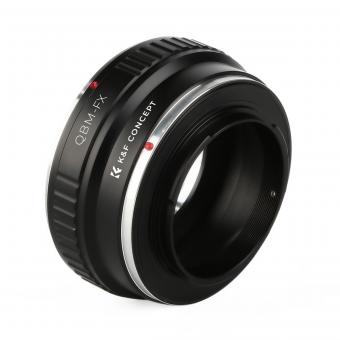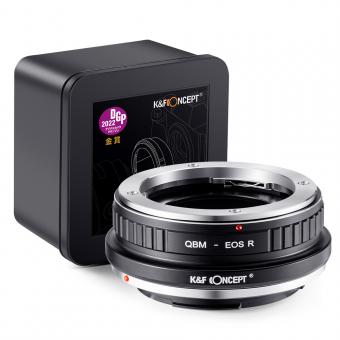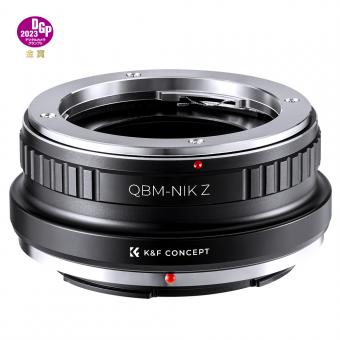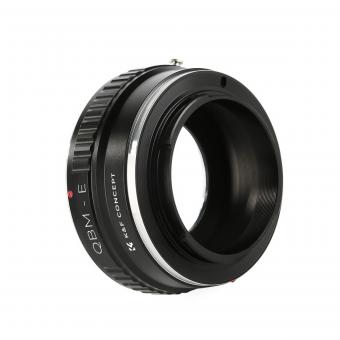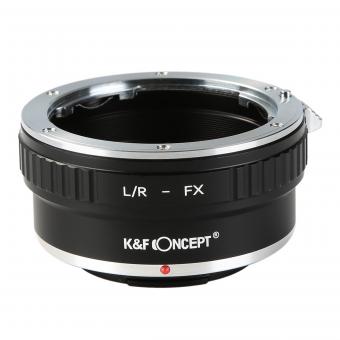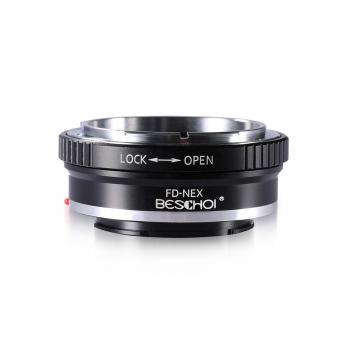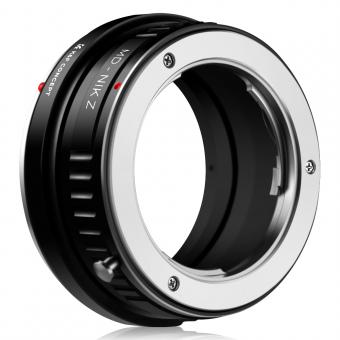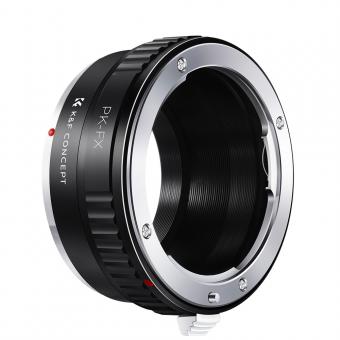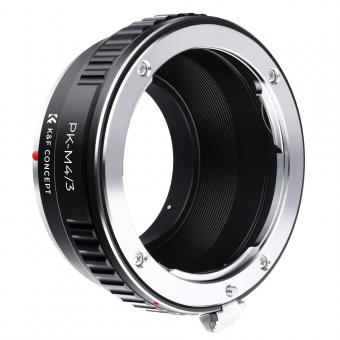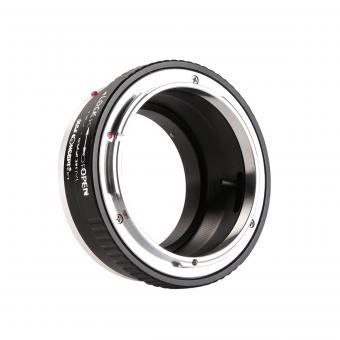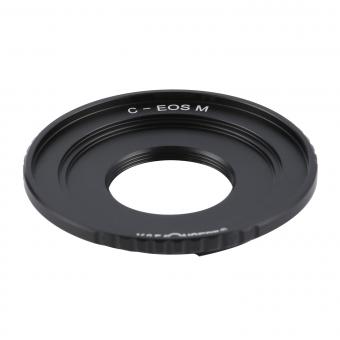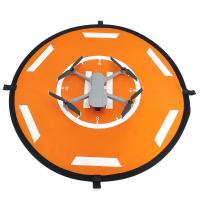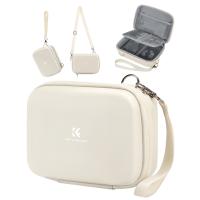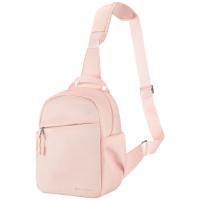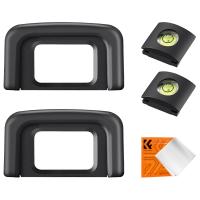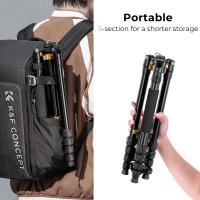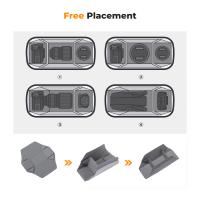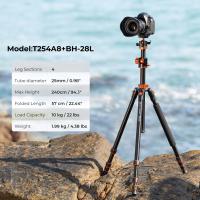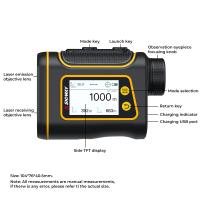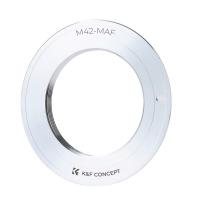What Lens Mount Is The Rollei Slx ?
The Rollei SLX camera uses the Rollei SLX lens mount.
1、 Rollei SLX lens mount: Rollei SLX bayonet mount
The Rollei SLX camera was introduced in the late 1970s and was designed as a medium format single-lens reflex (SLR) camera. The lens mount used by the Rollei SLX is known as the Rollei SLX bayonet mount. This mount was specifically developed by Rollei for their SLX camera system and is unique to this particular model.
The Rollei SLX bayonet mount is a robust and reliable system that allows for quick and secure attachment of lenses to the camera body. It features a bayonet-style mechanism with a twist-lock design, ensuring that the lens is firmly locked in place during use. This mount also allows for easy lens changes, which is particularly useful for photographers who need to switch between different focal lengths or types of lenses.
It is worth noting that the Rollei SLX camera system is no longer in production, and finding lenses for this mount may be challenging. However, there is still a dedicated community of photographers who use and appreciate the SLX system, and second-hand lenses can often be found on the market.
In conclusion, the Rollei SLX camera uses the Rollei SLX bayonet mount, which is a unique lens mount developed specifically for this camera system. While the SLX system is no longer in production, it still holds value for photographers who appreciate its unique features and capabilities.
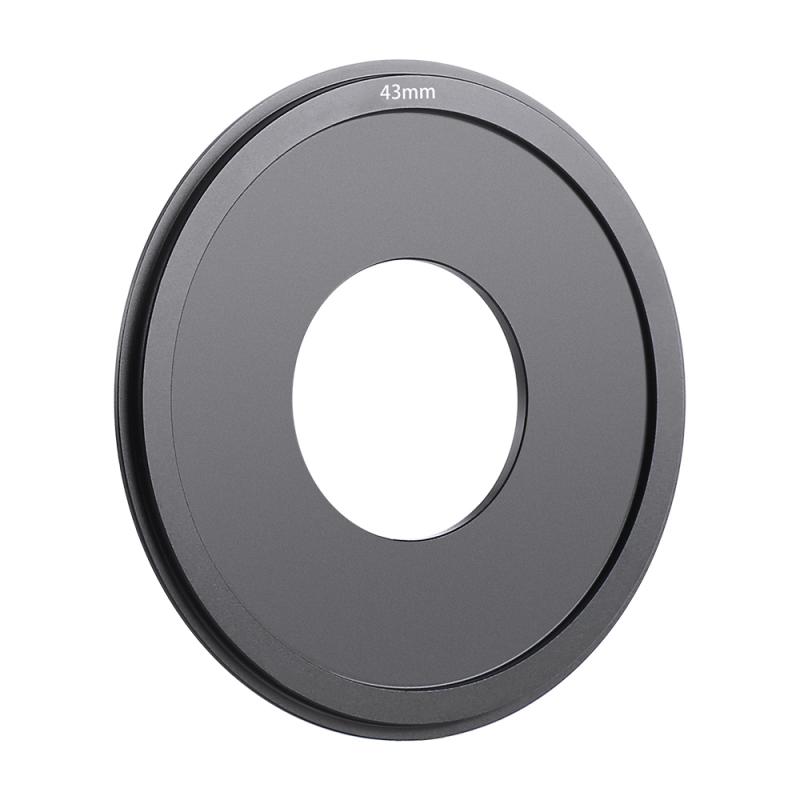
2、 Compatibility with other systems: Limited compatibility with other lens mounts
The Rollei SLX is a medium format camera that was introduced in the late 1970s. It features a unique lens mount known as the Rollei SLX bayonet mount. This mount is specific to the Rollei SLX system and is not compatible with other lens mounts commonly found in the photography industry.
The limited compatibility with other lens mounts can be seen as a drawback for photographers who may already own lenses from other systems. It means that they would not be able to use their existing lenses with the Rollei SLX camera without the use of adapters, which can sometimes compromise the performance and functionality of the lenses.
However, it is important to note that the Rollei SLX system offers a range of high-quality lenses specifically designed for this camera. These lenses are known for their exceptional image quality and are highly regarded by photographers who use the Rollei SLX system.
In recent years, with the rise of digital photography, the popularity of the Rollei SLX system has declined. Many photographers have shifted towards digital medium format systems that offer more versatility and compatibility with a wider range of lenses.
In conclusion, the Rollei SLX camera has limited compatibility with other lens mounts, which can be seen as a disadvantage for photographers who already own lenses from other systems. However, the system does offer a range of high-quality lenses specifically designed for the Rollei SLX camera, which can still provide excellent image quality for those who choose to use this system.
3、 Lens options: Wide range of lenses available for the SLX system
The Rollei SLX is a medium format camera system that was introduced in the 1970s. It features a unique lens mount known as the Rollei SLX mount. This mount is specific to the SLX system and is not compatible with other camera systems.
The SLX mount allows for a wide range of lenses to be used with the SLX camera body. Rollei offered a variety of lenses for the SLX system, including wide-angle, standard, telephoto, and macro lenses. These lenses were designed to meet the needs of professional photographers and provide exceptional image quality.
In recent years, the availability of lenses for the SLX system has become more limited. As the SLX system is no longer in production, finding new lenses can be challenging. However, there is still a market for used SLX lenses, and they can be found through various online platforms and specialty camera stores.
It is worth noting that the SLX system has been largely replaced by digital medium format cameras, which offer higher resolution and more advanced features. As a result, many photographers have transitioned to these newer systems, leading to a decline in demand for SLX lenses.
In conclusion, the Rollei SLX uses its own unique lens mount, known as the SLX mount. While there is still a range of lenses available for the SLX system, their availability has become more limited in recent years.
4、 Lens quality: High-quality lenses known for their sharpness and clarity
The Rollei SLX camera, introduced in 1976, features a unique lens mount known as the Rollei SLX bayonet mount. This mount was specifically designed for the SLX system and is not compatible with other lens mounts. The SLX bayonet mount allows for quick and secure attachment of lenses to the camera body.
The lens quality of the Rollei SLX system is highly regarded among photographers. Rollei lenses are known for their exceptional sharpness and clarity, producing images with excellent detail and resolution. The lenses are crafted with precision and utilize high-quality glass elements to ensure optimal image quality.
The SLX system offers a range of lenses to suit various photographic needs, including wide-angle, standard, and telephoto options. These lenses are designed to deliver outstanding performance across different focal lengths, allowing photographers to capture a wide range of subjects with ease.
While the Rollei SLX system is no longer in production, its lens quality continues to be appreciated by photographers who use vintage cameras or have adapted the lenses to modern digital systems. The lenses' reputation for sharpness and clarity has stood the test of time, and they are still sought after by those who value the unique characteristics they bring to their photography.
In conclusion, the Rollei SLX camera utilizes the Rollei SLX bayonet mount, and its lenses are known for their high-quality construction, sharpness, and clarity. Despite being a vintage system, the lens quality of the Rollei SLX system remains highly regarded by photographers today.

